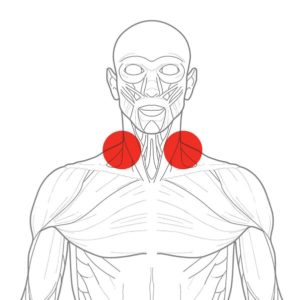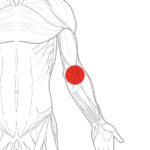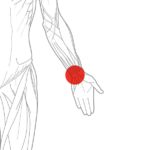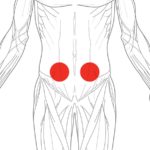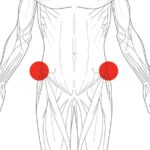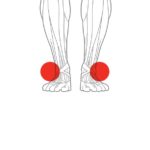BJJ Prehab: Stay Healthy, Roll Longer
Heather Raftery
Mike Pellegrino – BJJ Prehab co-founder – is a third degree blackbelt, doctor of physical therapy, and head of instruction at Mass BJJ. Read on to learn how BJJ Prehab can keep you healthy and on the mat longer!
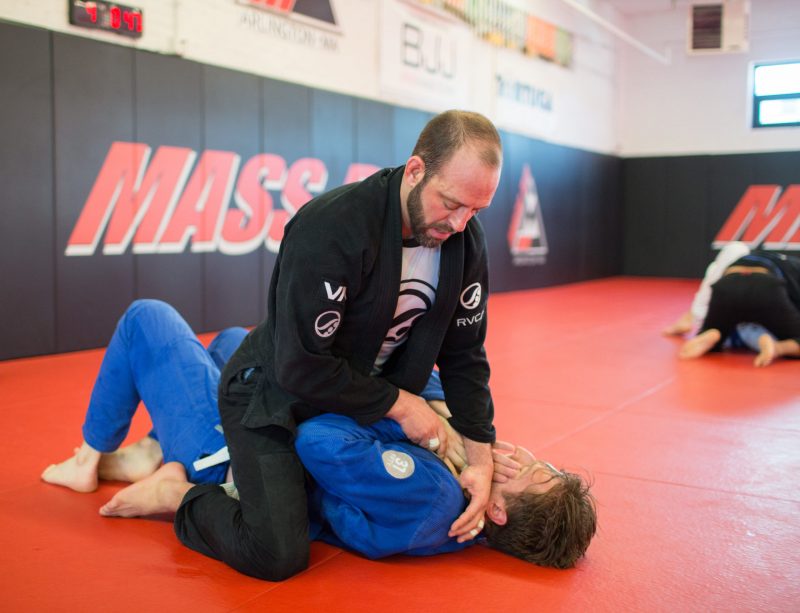
The Story of BJJ Prehab
They say that you don’t truly know the value of something until you lose it. For jiu-jitsu practitioners, our journey relies on our ability to physically be on the mat, healthy and able to learn, drill, and train. Yet we often take this for granted… until we lose it.
Injury is the greatest threat to our growth in jiu-jitsu. However, many of us do very little to prevent it. We believe that there isn’t much we can do to prevent it, besides hope it doesn’t happen. Yet, there is. BJJ Prehab was founded on that idea.
Deep Beginnings
The story of BJJ Prehab started long before it was even an idea. Back in 1999, co-founder Mike Pellegrino was studying Clinical Exercise Physiology at Boston University when he began his jiu-jitsu journey at Boston Brazilian Jiu-Jitsu Academy. Eight years later, Roberto Maia awarded Mike his black belt. By then, Mike had developed an interest in injuries, and as an athlete himself, in the injuries sustained by athletes.
So, that same year, he moved to Philadelphia to pursue his doctorate in Physical Therapy from Drexel University.
In 2010, Mike graduated from Drexel University where he submitted his thesis on ACL injuries and assessing when athletes can return to sports after reconstruction surgery. Two years later, he opened his own academy, Mass BJJ. He also opened an adjoining physical therapy clinic, Peak Performance Therapy.
Mike operated his clinic during the day and ran his academy at night, and he found himself treating many of his own students. Additionally, he’d often answer PT-related questions on the mats at Mass BJJ after class. Injury prevention was a common topic.
BJJ Prehab Patient Zero
At the same time, some professional sports organizations, such as football and soccer, began incorporating “prehab” into their athletes’ training regimen. The idea was that the same concepts from rehabilitation – helping athletes recover from serious injuries and get them quickly back on the field – could be used to help prevent those injuries in the first place. Prehab could help keep them on the field.
Patrick Richardson was one of Mike’s students at Mass BJJ. “Patrick was one of those older students who started jiu-jitsu later in life and was always injured. So, he spent a lot of time with Mike for treatment,” said Christie Sullivan, the operations lead for BJJ Prehab. “He was a kind of Patient Zero for BJJ Prehab.”
A Need Unmet in the Jiu-Jitsu Community
It became apparent that prehab was an unmet – and underappreciated – need within the jiu-jitsu community. Athletes and practitioners of all ages already began incorporating strength and conditioning and yoga into their regimens, largely for injury prevention reasons. However, neither of these practices truly address the underlying reason for many avoidable injuries on the mat. This reason? Weaknesses and imbalances in our posture, muscular strength, flexibility or general mobility.
In 2017, Mike and Patrick founded BJJ Prehab. Their mission was to provide the jiu-jitsu community access to a personalized injury prevention resource, founded on proven PT methods and Mike’s extensive experience. They wanted to offer it at a fraction of the cost of regular in-person physical therapy sessions and entirely online.
“The question was: can we provide a meaningful product to the jiu-jitsu community, so that they automatically see that as a necessary element of their jiu-jitsu regimen?” Christie said. “It’s not sexy, which has been our biggest barrier. But there was no doubt regarding a need to educate people on how prevalent jiu-jitsu injuries are. How do they happen? How can they be prevented? We wanted to provide them with a program that they can rely on to prevent injury.”
Not Just for 40+ Practitioners
Practitioners over the age of 40 have been the most receptive to the idea. However, the BJJ Prehab team recognized the rapid growth of jiu-jitsu worldwide and the extremes to which athletes of all ages were pushing themselves in the sport, would create a need. Prehab would soon be seen as an indispensable tool for all practitioners, regardless of age.
“BJJ Prehab is not just for the over 40. Yes, the over 40 crowd is going to be more apt to do it. But whether you’re young or old, you’ll always look back and think, ‘Oh I should have done this differently,” said Christie. “It’s called an ‘optimal performance’ lens. When you’re younger and stronger – at this peak of optimal performance – you think you’re indestructible. But nobody’s bullet proof, especially in jiu-jitsu, where you can become injured at any age.”
Programming Built Just for You
Therefore, the most critical feature of the BJJ Prehab programming has always been customizability. It was important to Mike and the entire team that BJJ Prehab could be completely individualized to the person, regardless of age, level, competitive intent or previous injuries. Additionally, it was important to have a holistic, whole body approach. The goal? Maintain those low-priority areas at the same time they’re addressing high-priority areas. To do this, they incorporated a comprehensive initial self-assessment on every area of the body, with continual assessments and adjustments every week.
Now in its fourth year, BJJ Prehab has provided high-quality individualized prehab programming to jiu-jitsu practitioners around the world. Nearly all of the BJJ students at Mass BJJ are using the BJJ Prehab program, and it’s made a meaningful difference in the number of injuries Mike has seen at the school.
Now they are working to scale up their services, with a brand new responsive website, pre-set programming options for identified target areas, and a resource library.
Heather Raftery is an Atos black belt, freelance writer and social scientist (BA in Journalism and Anthropology, MA in International Studies). She has written for FloGrappling, Jiu Jitsu Magazine, Fighters Market and BJJ Prehab.


